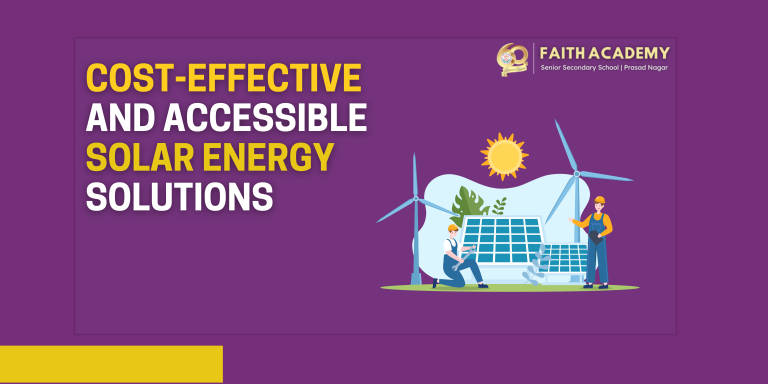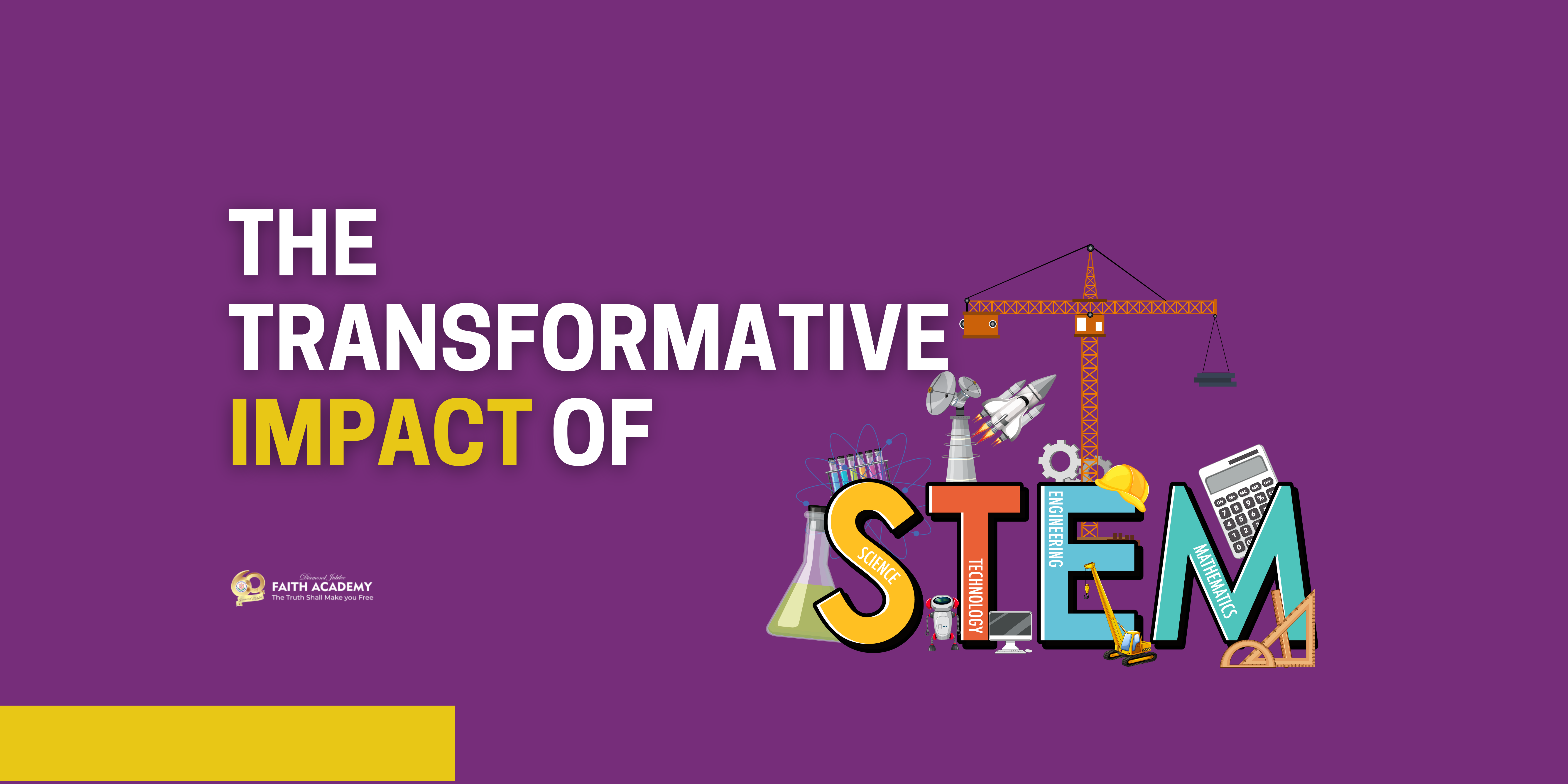Researchers at IIT Delhi, led by Prof. Trilok Singh from the Department of Energy Science and Engineering, have achieved a significant breakthrough in solar cell technology. They’ve developed advanced Perovskite solar cells that are more durable, efficient, and cost-effective than conventional silicon-based cells. What sets their innovation apart is the use of guanidine sulfate salt, a stabilizing agent that addresses common issues like interfacial stress and defects, ensuring better performance and longer-lasting cells.
Remarkably, these Perovskite solar cells retained 87% of their efficiency even after 2,000 hours of continuous use. This stability makes them a promising and affordable alternative to silicon cells, offering the potential to generate more energy at a lower cost.
Traditionally, scaling up Perovskite technology has been challenging due to defects formed during production. However, the IIT Delhi team overcame these hurdles by developing a fabrication method that eliminates the need for complex and expensive anti-solvent techniques. Their innovative approach improves device reproducibility, reduces material stress, and enhances the overall stability of the cells.
Prof. Singh emphasized the significance of this breakthrough, noting its potential to simplify manufacturing and make solar energy more accessible worldwide. This innovation marks a major step toward affordable, sustainable energy solutions, bringing us closer to a greener future.













